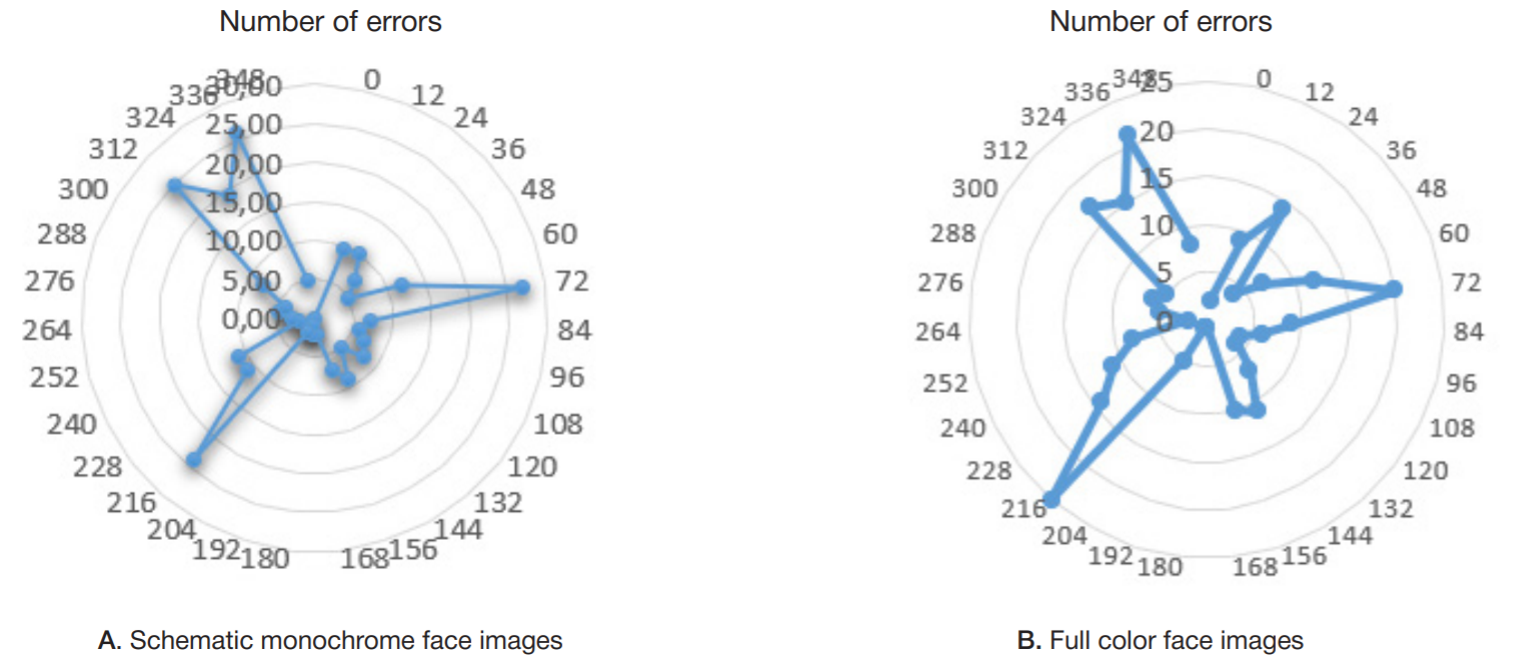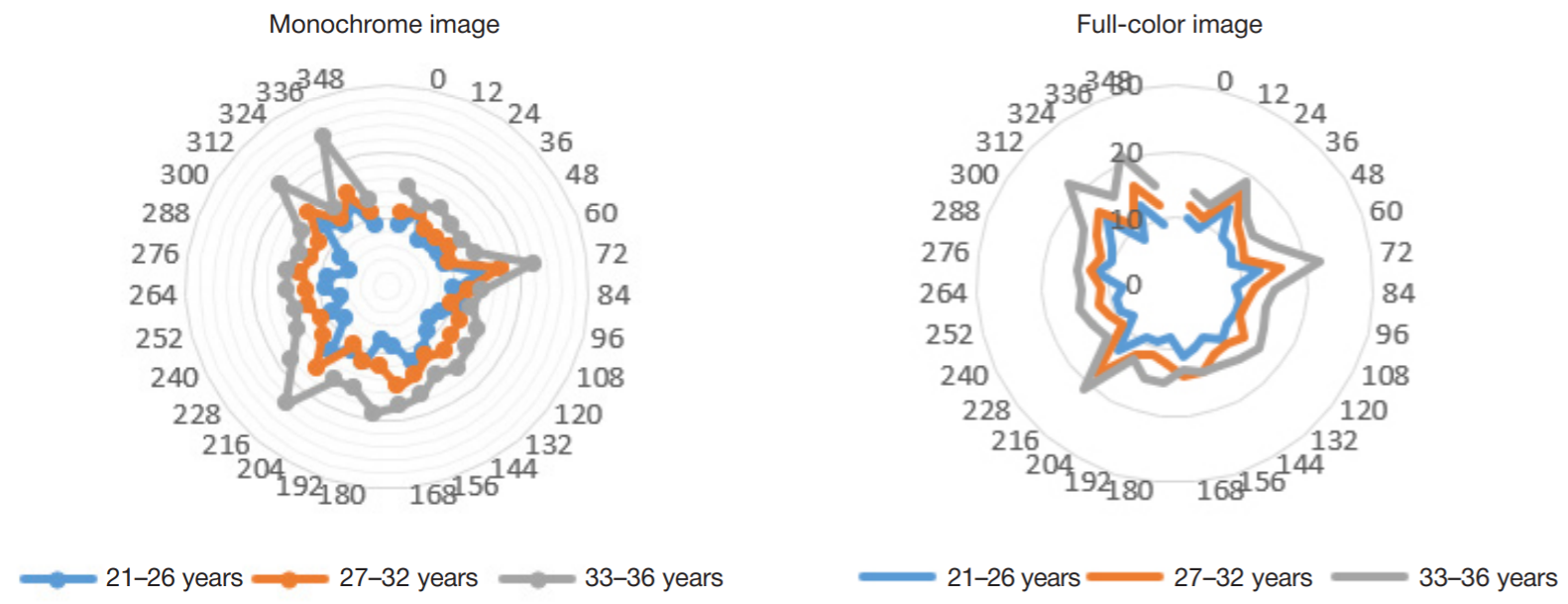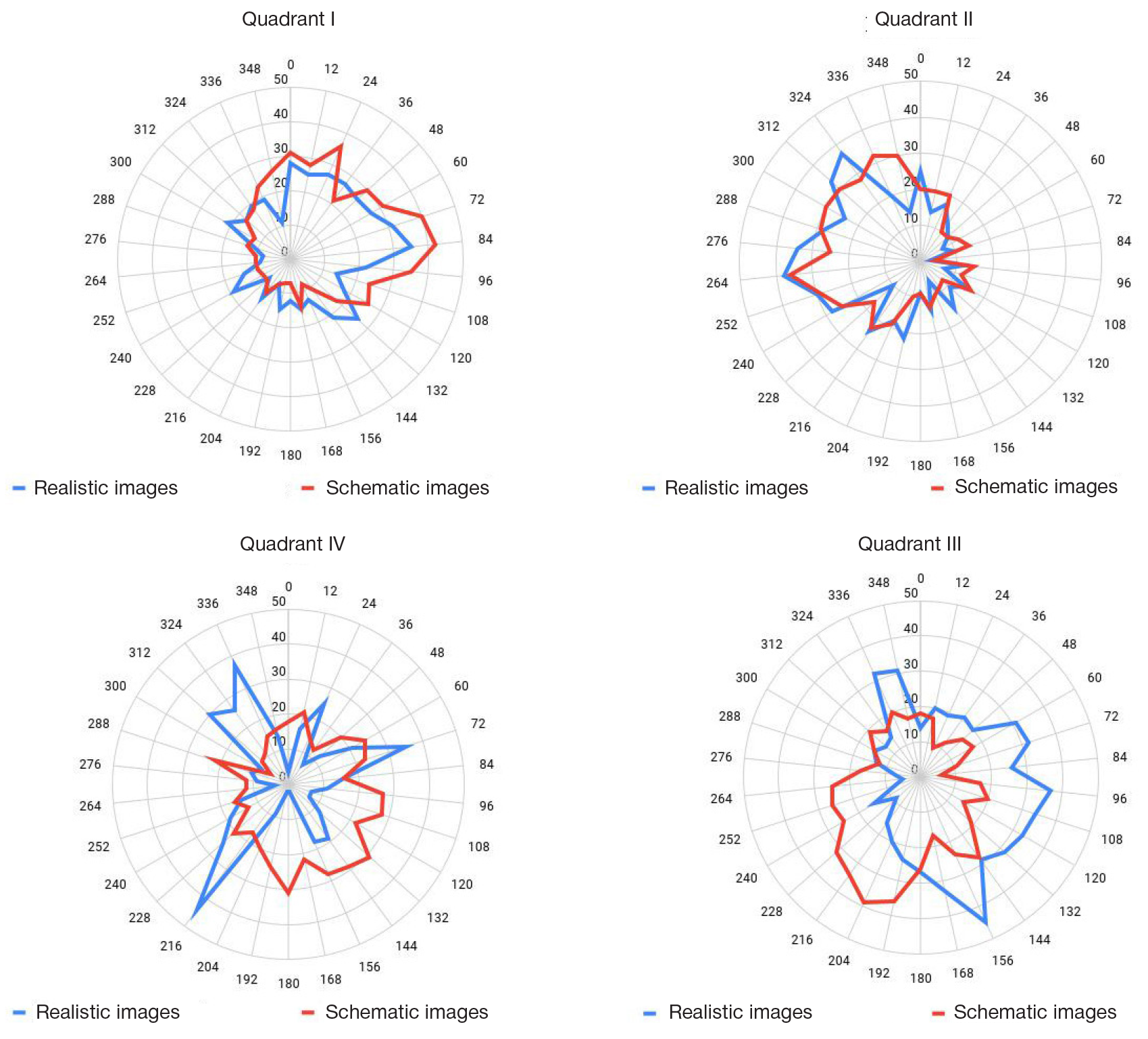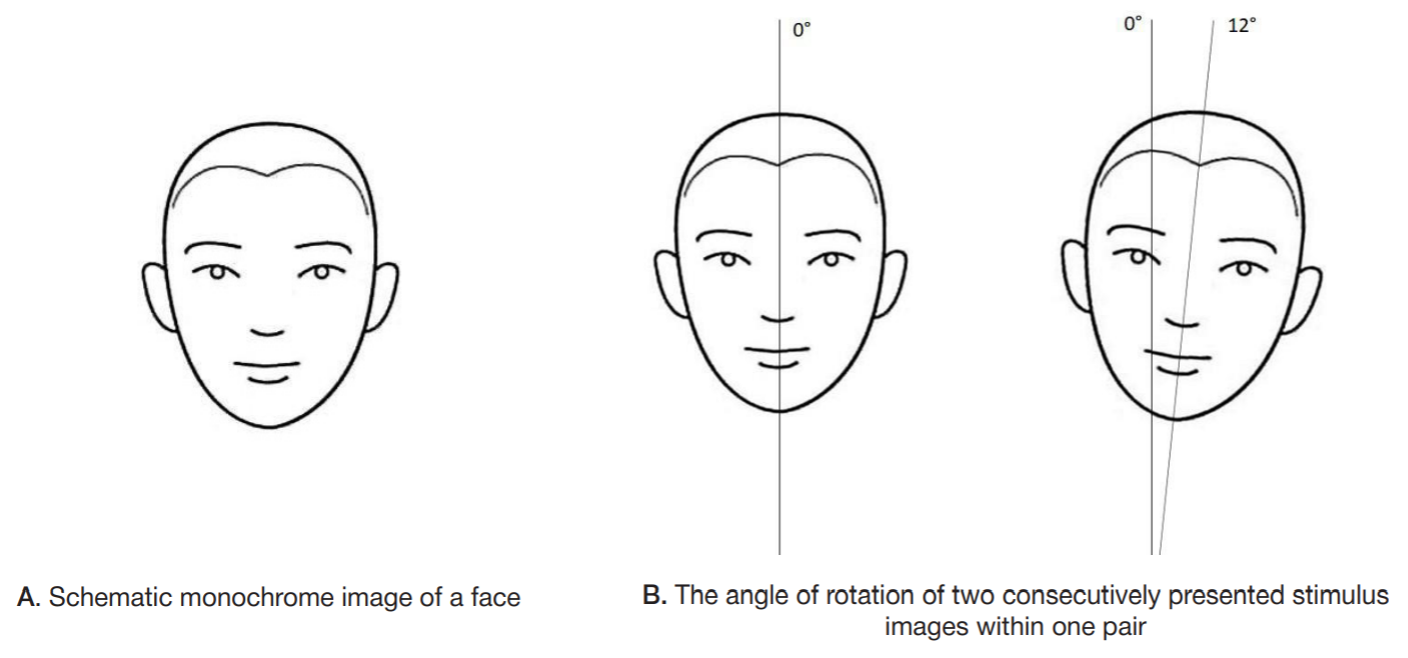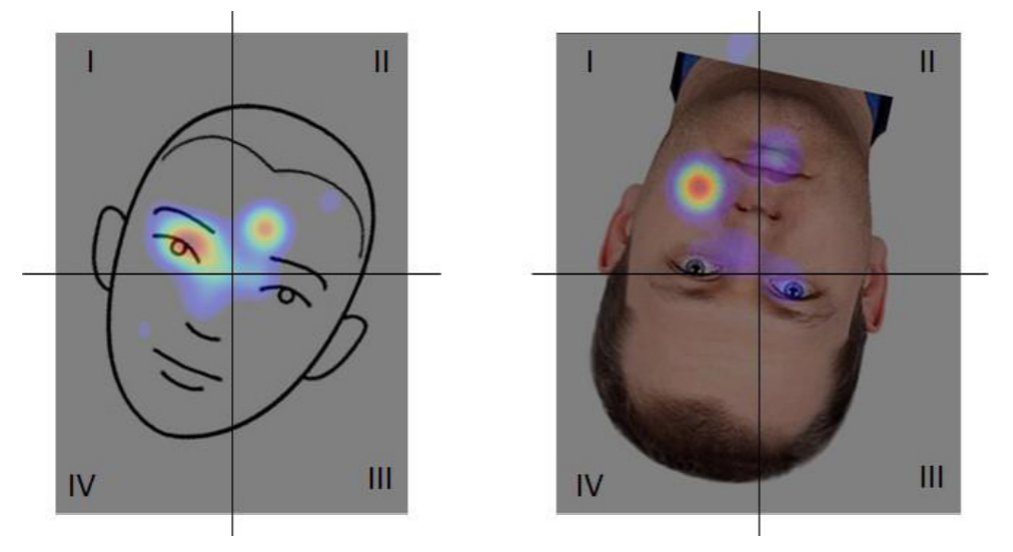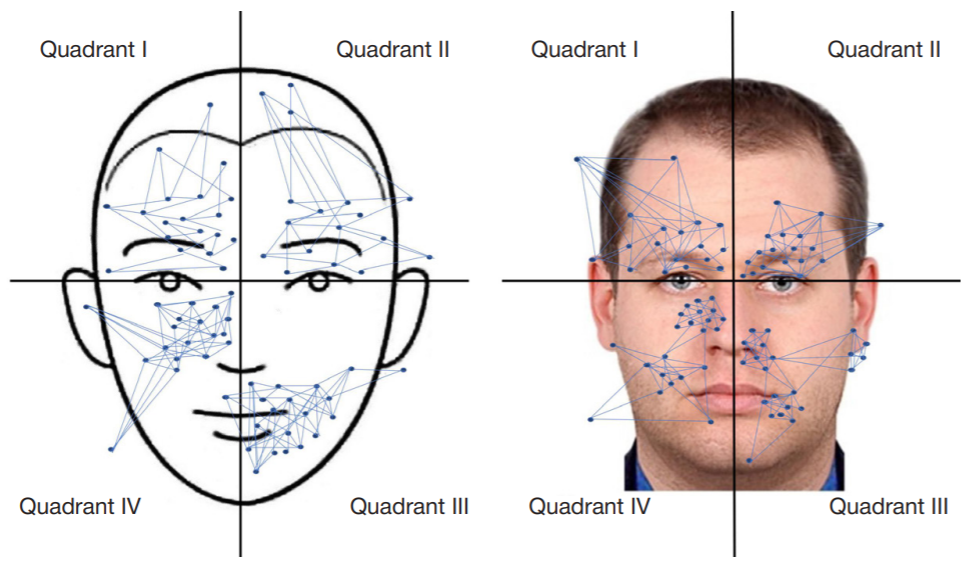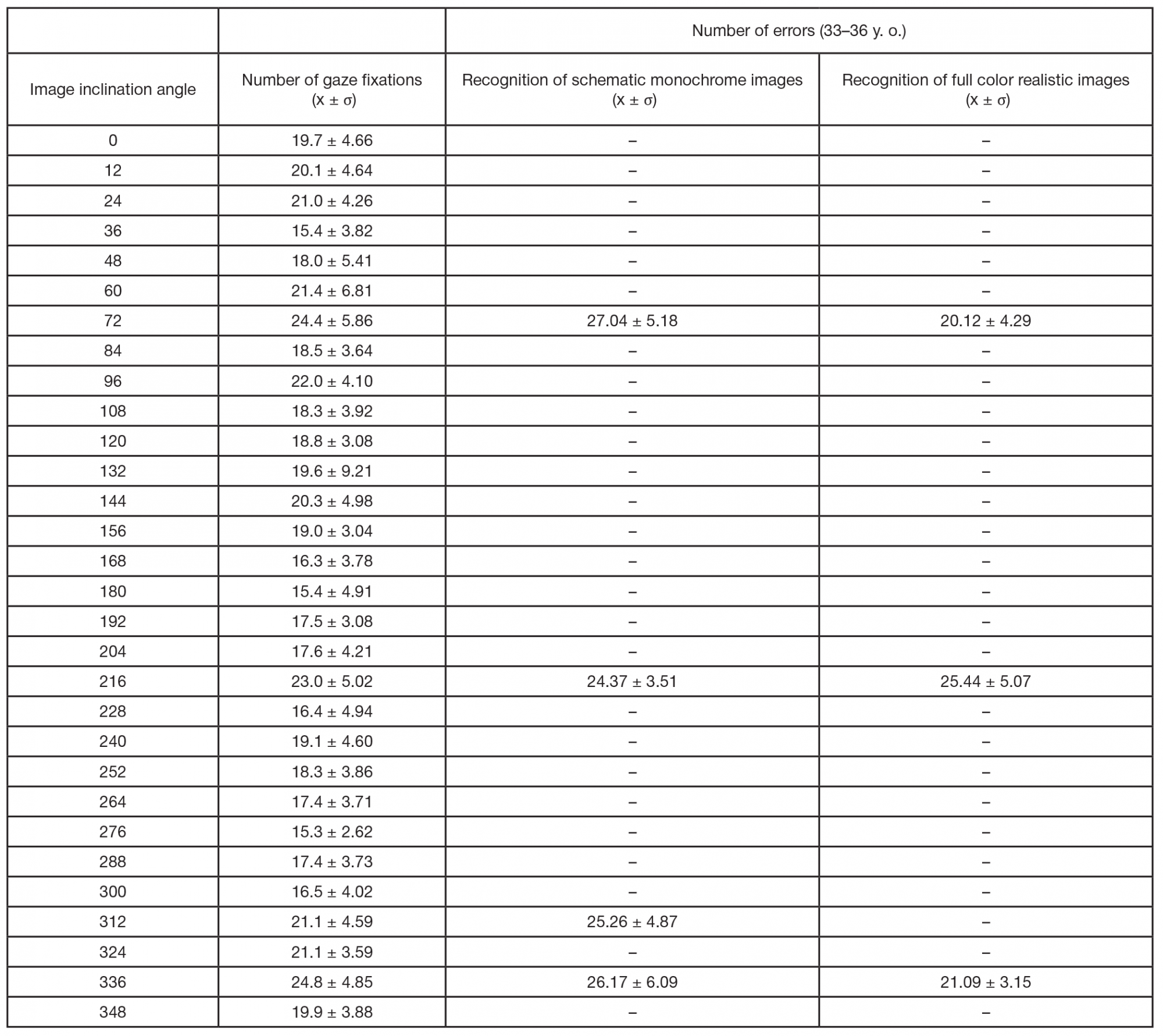
This article is an open access article distributed under the terms and conditions of the Creative Commons Attribution license (CC BY).
ORIGINAL RESEARCH
The impact of image orientation on distribution of visual fixations while solving simple cognitive problems
1 Pirogov Russian National Research Medical University, Moscow, Russia
2 Kursk State Medical University, Kursk, Russia
Correspondence should be addressed: Ekaterina A. Petrash
Ostrovityanova st., 1, Moscow, 117997, Russia; ur.liam@hsartep
Compliance with ethical standards: the study was approved by the Ethics Committee of Pirogov Russian National Research Medical University (minutes #211 of October 18, 2021) and conducted in conformity with the requirements of the Framework Legislation "On the Protection of Health of the Citizens." All participants signed the informed consent form agreeing to undergo examination
